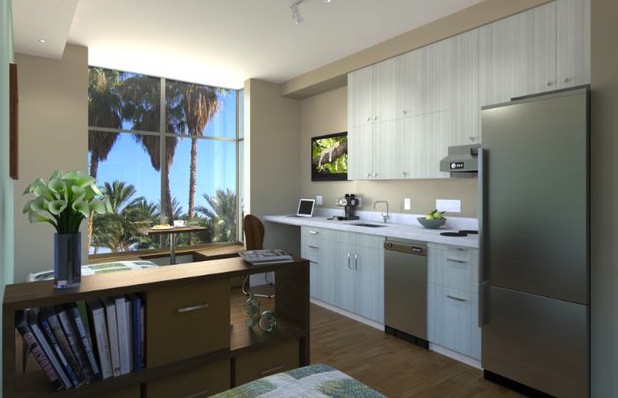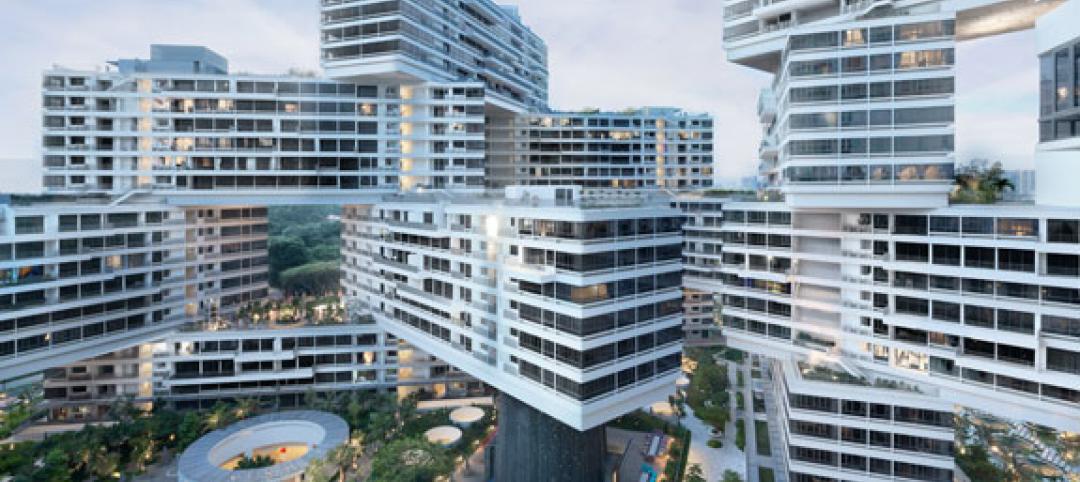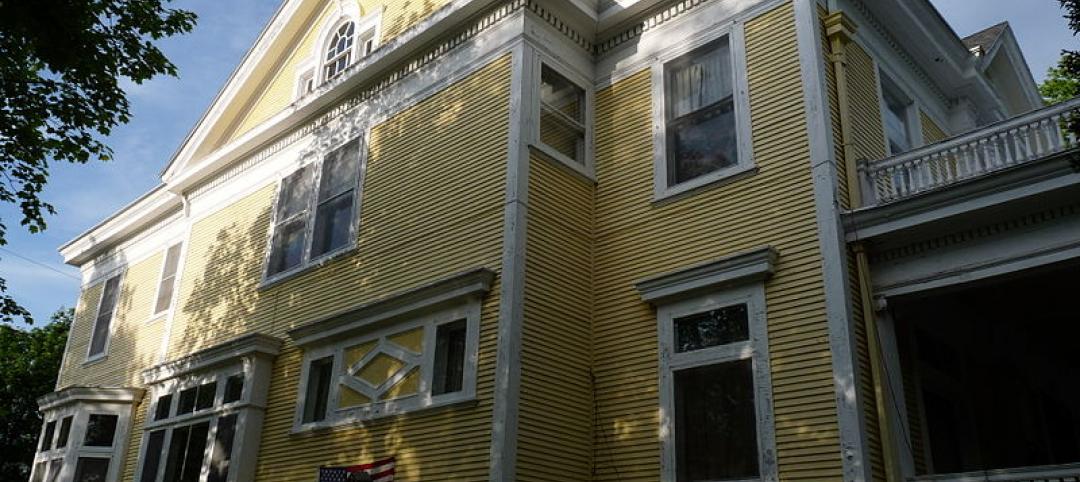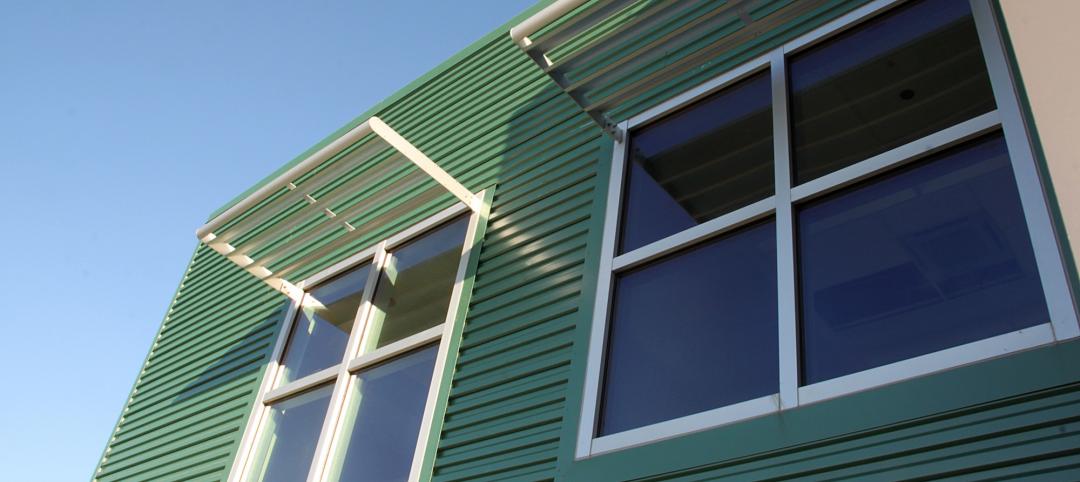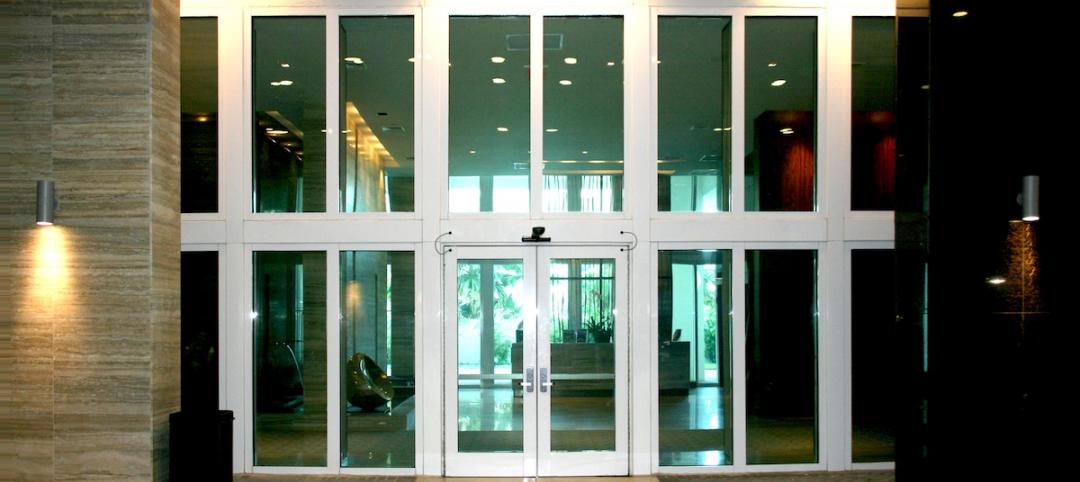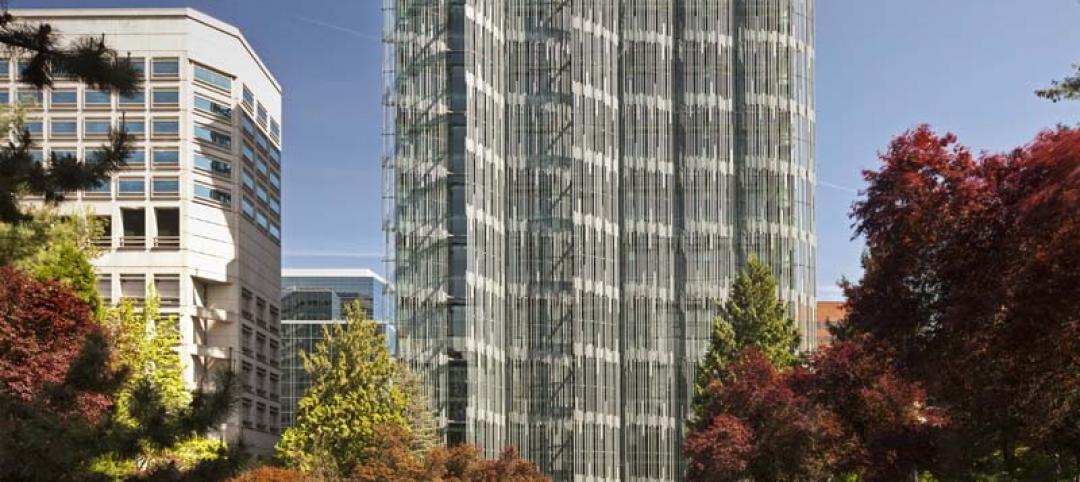New research from the Urban Land Institute suggests that micro units—typically larger than a one-car garage, smaller than a double—have staying power as a housing type that appeals to urban dwellers in high-cost markets who are willing to trade space for improved affordability and proximity to downtown neighborhoods.
The report, "The Macro View on Micro Units," includes an analysis by MPF Research of more than 400 rental apartment communities (comprising more than 90,000 units) built in 2012-2013 in the 35 U.S. metro areas that experienced the highest concentration of multifamily construction during that period. It also includes findings from more than 3,500 responses to an early 2014 survey by Kingsley Associates of renters of both conventional apartments and micro units; and case studies drawn from 30 existing and 18 planned rental communities with micro units that were identified by RCLCO (Robert Charles Lesser & Co.).
The report was prepared for ULI’s Multifamily Housing Councils with support from a grant awarded in 2013 by the ULI Foundation.
Key findings from the report:
• Micro units are typically about 350 square feet in size, but can range from less than 250 square feet to 500 square feet, depending on the city building code requirements. They have no separate bedroom; sleeping space is combined with living space, but they do have fully functional bathrooms and kitchens. Micro unit communities place heavy emphasis on multiple amenities outside the units themselves, such as shared communal spaces that encourage socializing and foster a sense of community.
• The target market profile for micro units is predominantly young professional singles, typically under 30 years of age, earning less than $40,000, trending slightly more toward males than females. Other market segments include couples, older single empty-nesters, and temporary users. Singles currently living with roommates tend to be the most interested in making the switch from a traditional unit to a micro unit.
• The appeal of micro units is largely about economics, as well as place and privacy. Those interested in micro units are seeking to lower their rental costs (the units typically rent for 20 to 30 percent less than larger units); they are also drawn to the trendy “hip” locations where micro units tend to be built, and by the ability to live alone.
• Nearly a quarter of the renters surveyed who live in conventional apartments said they would be interested in renting a micro unit. Fifty-eight percent said they would not be interested, primarily due to the lack of a separate bedroom, less storage space and less living or dining space.
• Those who are interested in switching to micro units ranked access to a grocery store as their top priority for a neighborhood amenity, followed by restaurants and a gym. In terms of project amenities, a laundry room ranked highest, followed by assigned parking, visitor parking, and a fitness center; and for unit amenities, a washer and dryer ranked first, followed by built-in closet/drawers and storage space. More than half were interested in multi-functional, convertible furniture.
• Those currently living in micro units cited location as the top factor influencing their decision to move into the small units, followed by price, proximity to work/education institutions, proximity to neighborhood amenities, the ability to live alone, and proximity to transit.
• Smaller and micro units outperform conventional units in the marketplace, in terms of achieving higher occupancy rates and garnering significant rental rate premiums (rent per square foot) compared with conventional units.
• The market is shifting toward a greater mix of smaller studio and one-bedroom units being included in traditional apartment communities, as well as more construction of micro-unit communities. Studio and one-bedroom units accounted for nearly 51 percent of the 2012-2013 completions, up drastically from 41 percent in 2002-2003.
• Despite the rising popularity of micro units, some developers are building in the flexibility to easily convert two side-by-side units into one larger unit if demand shifts back to more conventional models.
RCLCO’s case study research identifies four trends (primarily associated with Generation Y) that are linked to the rising appeal of the units: delayed household formation, an increase in single-person households, a decrease in car ownership, and the tendency to accumulate fewer belongings and participate in the “sharing economy.”
Among the case studies that contributed to the best practices and lessons learned: Factory 63 in Boston; The Flats in Chicago; Lofts at 7 in San Francisco; Arcade Providence in Providence, Rhode Island; Eko Haus Freedom Center in Portland, Oregon; and My Micro NY in Kips Bay, New York.
“Whether this (increased development of micro units) turns out to be a lasting phenomenon or a passing fad, micro units have renewed the focus on efficient layouts and innovative design solutions,” concludes the report.
Download a free PDF version of The Macro View on Micro Units report.
Related Stories
| Jun 30, 2014
OMA's The Interlace honored as one of the world's most 'community-friendly' high-rises
The 1,040-unit apartment complex in Singapore has won the inaugural Urban Habitat award from the Council on Tall Buildings and Urban Habitat, which highlights projects that demonstrate a positive contribution to the surrounding environment.
| Jun 30, 2014
Work starts on Jean Nouvel-designed European Patent Office in the Netherlands [slideshow]
With around 80,000 sm and a budget of €205 million self-financed by the EPO, the complex will be one of the biggest office construction sites ever in the Netherlands.
| Jun 30, 2014
Growth of crowdfunding, public-private partnerships among top trends in architecture marketplace
A new report by the American Institute of Architects highlights several emerging trends in the architecture marketplace, including the growth of the P3 project delivery model and designing for health.
| Jun 30, 2014
Report recommends making infrastructure upgrades a cabinet-level priority
The ASCE estimates that $3.6 trillion must be invested by 2020 to make critically needed upgrades and expansions of national infrastructure—and avoid trillions of dollars in lost business sales, exports, disposable income, and GDP.
| Jun 30, 2014
Gen X, not Baby Boomers, spending the most money on homes [infographic]
It turns out that Generation X, who have the highest incomes of the three generations surveyed, are paying the highest home payments and tend to have the largest households.
| Jun 30, 2014
Zaha Hadid's Iraq Parliament complex design marred with controversy
Zaha Hadid's design for the Iraq Parliament was selected, despite placing third in the original RIBA-organized competition.
Sponsored | | Jun 27, 2014
SAFTI FIRST Now Offers GPX Framing with Sunshade Connectors
For the Doolittle Maintenance Facility, SAFTI FIRST provided 60 minute, fire resistive wall openings in the exterior using SuperLite II-XL 60 insulated with low-e glazing in GPX Framing with a clear anodized finish.
| Jun 26, 2014
Glazing offers peace-of-mind for hurricane season
SPONSORED CONTENT As hurricane season kicks into high gear, it reinforces the importance of balancing the aesthetic and daylight enhancements of glazing with the safety requirements to protect people and structures from hurricane-force winds.
| Jun 26, 2014
Plans for Britain’s newest landmark brings in international cooperation
Designers of the London Eye will team up with companies from France, the Netherlands and the United States to construct i360 Brighton, the U.K.'s newest observation tower.
| Jun 25, 2014
The best tall buildings of 2014
Four high-rise buildings from multiple continents have been selected as the best of their region. The best worldwide tall building will be announced November 6.


